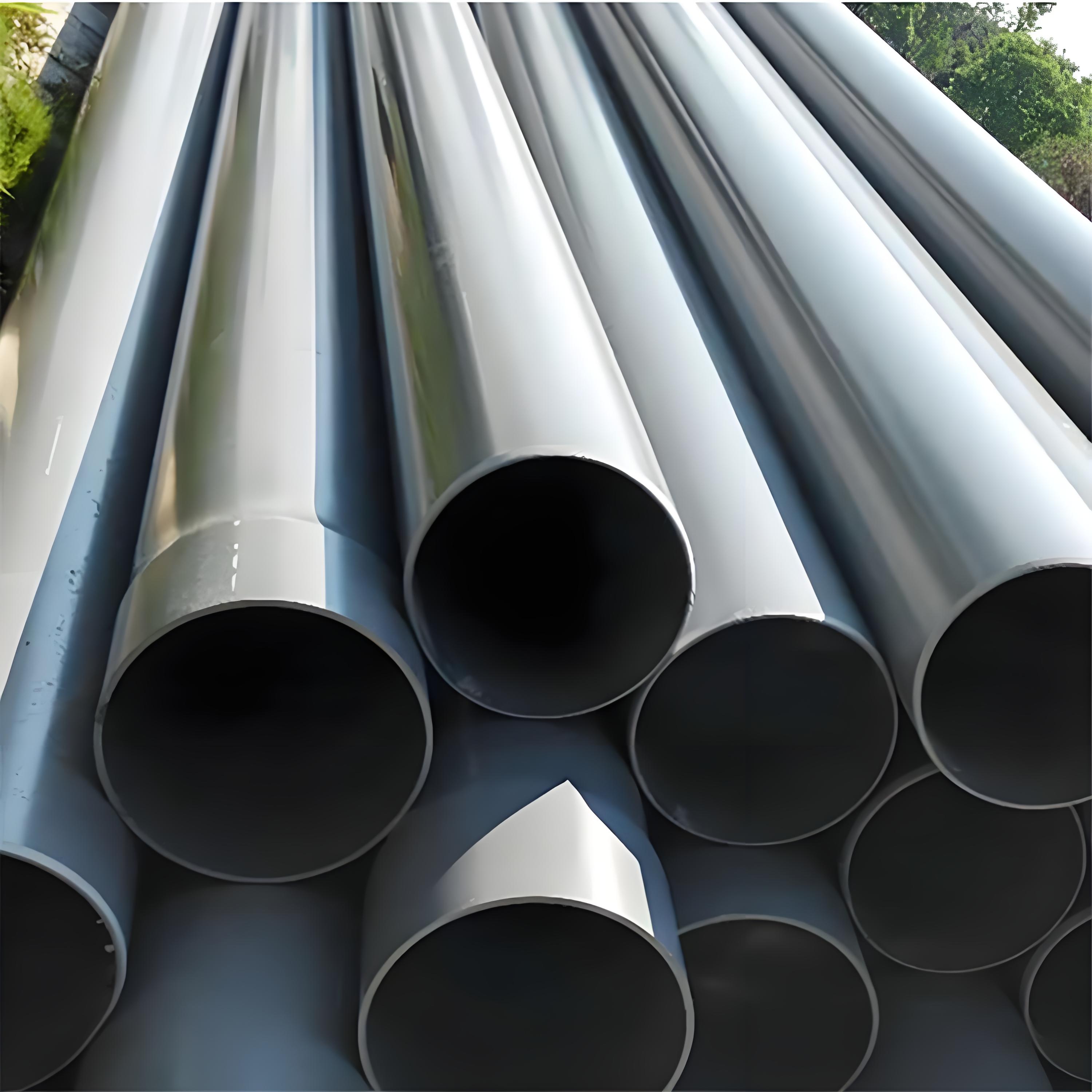
The characteristics of the new engineering plastic CPVC
CPVC (chlorinated polyvinyl chloride), as an important engineering plastic, plays an irreplaceable role in modern industry. It is a high-performance material obtained through chlorination modification on the basis of PVC resin, featuring excellent heat resistance, corrosion resistance and mechanical strength. It is widely used in chemical pipelines, power cables, fire protection systems and other fields.
The most notable feature of CPVC is its high-temperature resistance. The long-term service temperature of ordinary PVC is generally around 60℃, while CPVC can withstand temperatures as high as 93℃ and even 110℃ in the short term. This characteristic makes CPVC an ideal material for hot water delivery systems. In addition, CPVC also has excellent chemical corrosion resistance and can resist the erosion of most acids, alkalis, salts and organic solvents. Therefore, it is highly favored in the chemical industry. It has high mechanical strength, good impact resistance and a long service life. These advantages make it perform well in harsh industrial environments.
In terms of application, CPVC is mainly used in the manufacturing of chemical pipeline systems. Due to its excellent resistance to a variety of chemical substances, it is often used in pipeline systems for transporting corrosive liquids and gases. In the power industry, CPVC is used as cable sheath material because it has excellent insulation performance and flame retardancy. In fire protection systems, CPVC pipes are widely adopted due to their high-temperature resistance and flame-retardant properties. In addition, CPVC is also used in the manufacture of industrial storage tanks, valves, pumps and other equipment to meet the demands of different industrial fields.
Although CPVC has many advantages, its future development still faces some challenges. Firstly, the production process of CPVC consumes a large amount of energy and may cause environmental pollution. Therefore, developing more environmentally friendly production processes is an important direction for the future. Secondly, with the continuous development of new material technologies, CPVC needs to further enhance its performance to maintain its competitiveness. For instance, by modifying CPVC through nanotechnology, its mechanical strength and heat resistance can be significantly enhanced. In addition, expanding the application of CPVC in emerging fields, such as new energy vehicles and 3D printing, will also bring it a broader market space.
In conclusion, CPVC, as a high-performance engineering plastic, plays a significant role in modern industry. Its excellent heat resistance, corrosion resistance and mechanical properties make it the preferred material in many industrial fields. In the future, through technological innovation and improvement of environmental protection processes, CPVC is expected to demonstrate its value in more fields and make greater contributions to industrial development.
Shandong AXA Chem Co.,Ltd
May 24, 2025



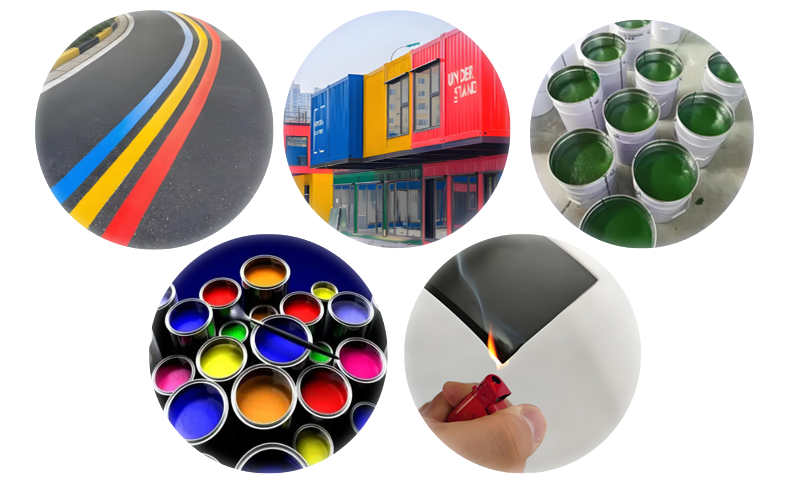
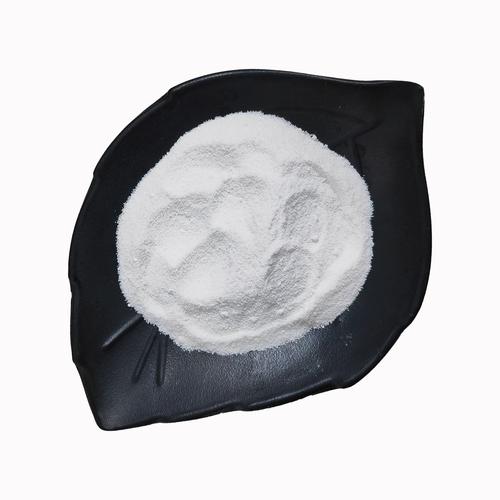
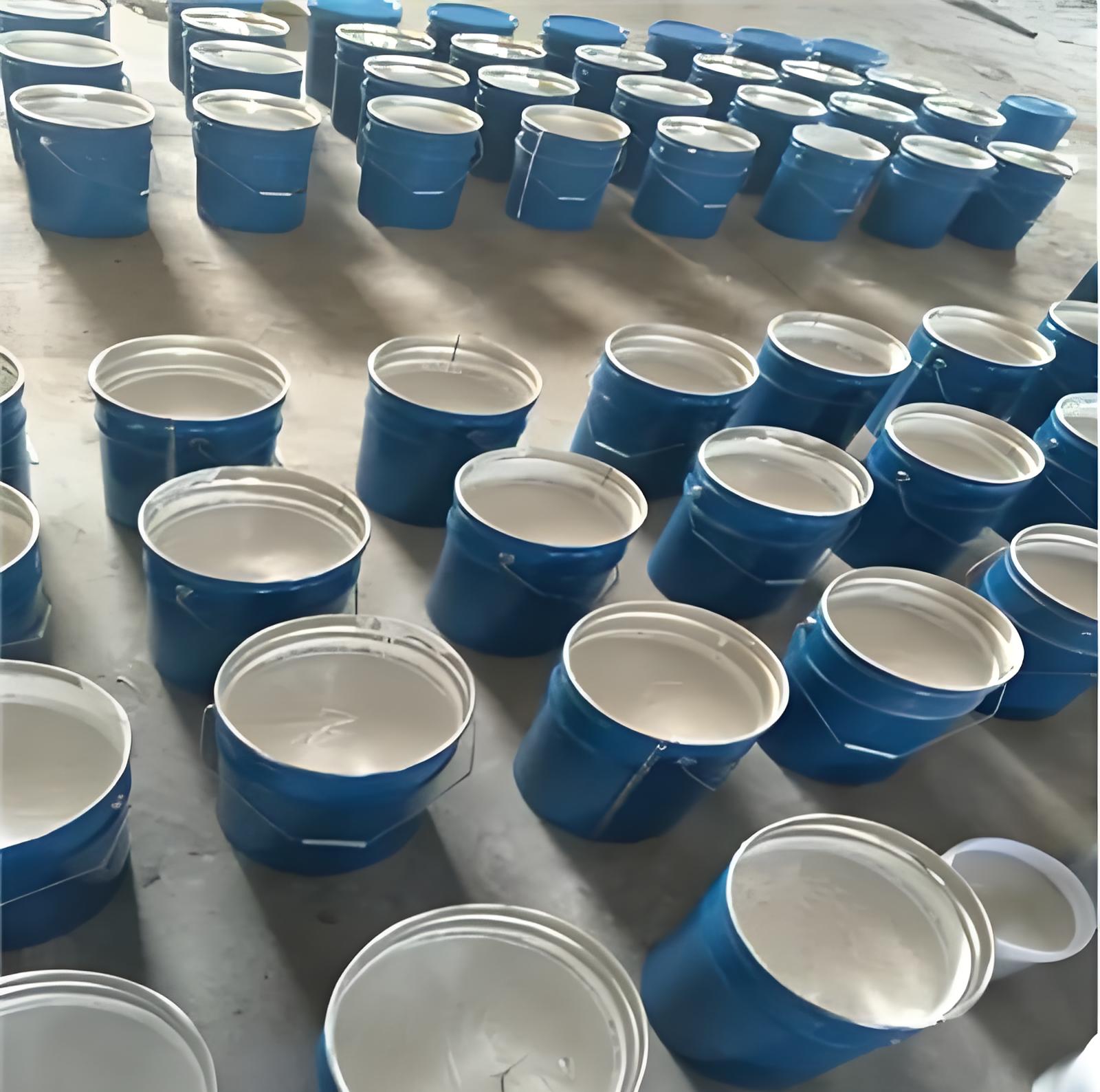
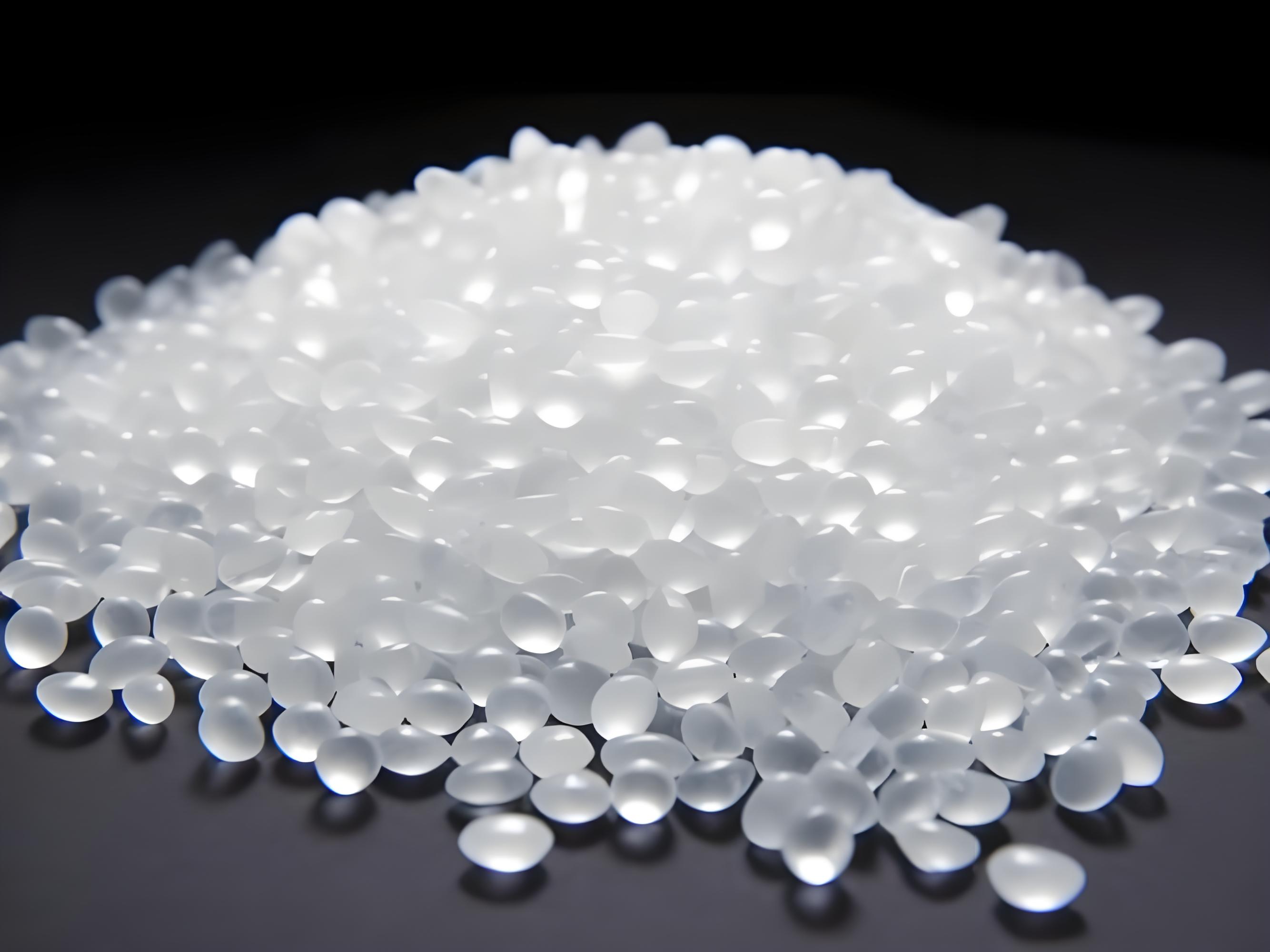
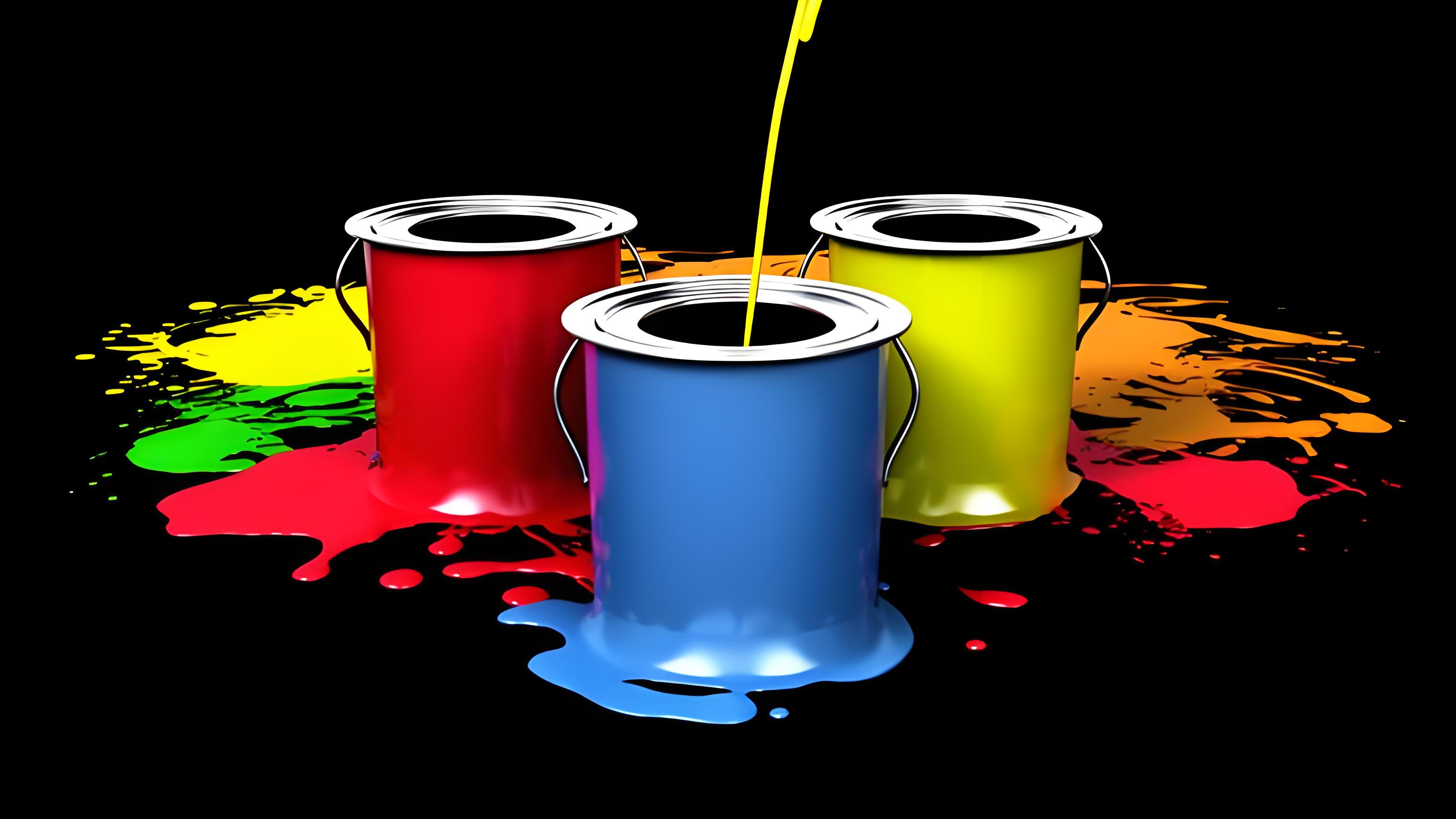
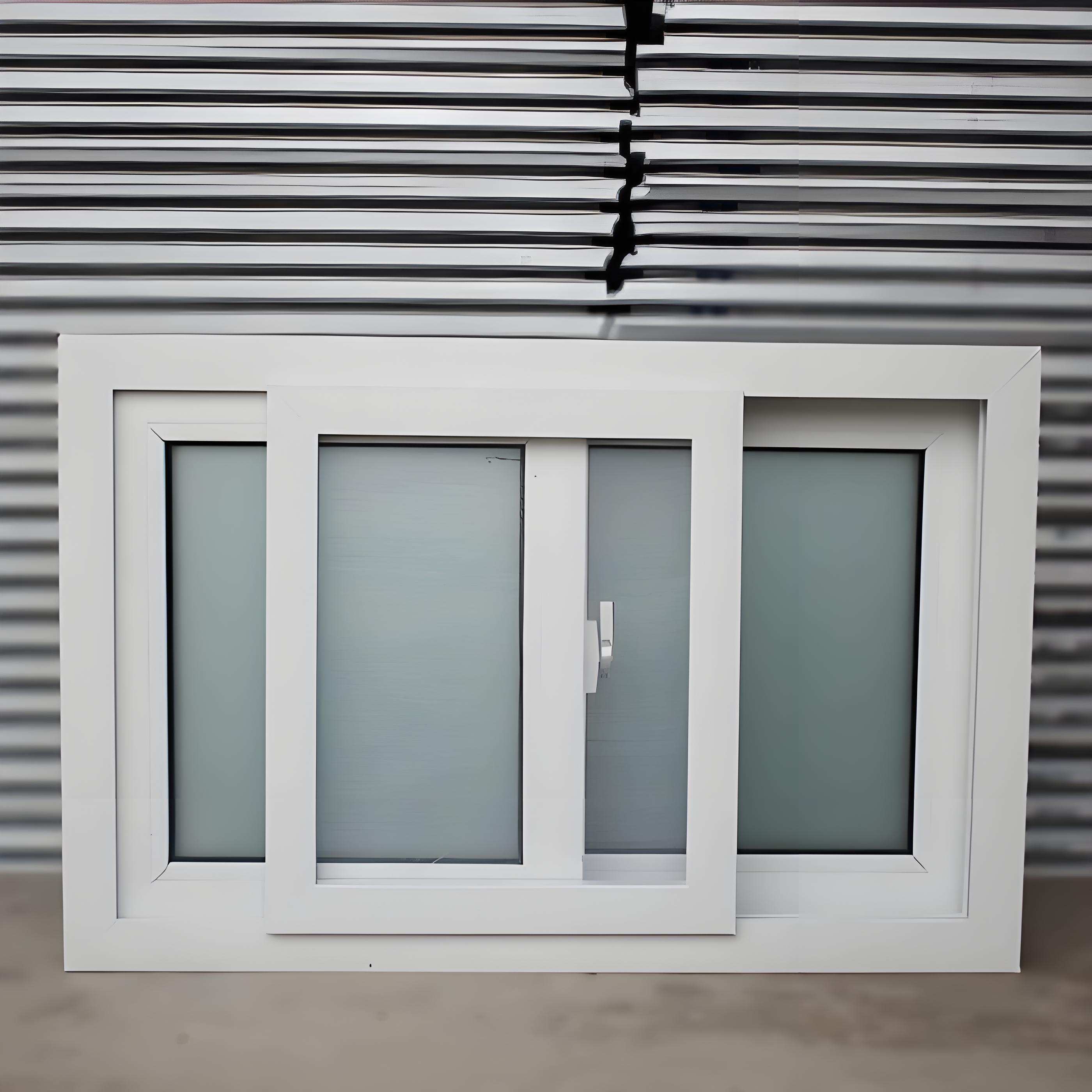







Leave a Reply
Your email address will not be published. Required fields are marked *